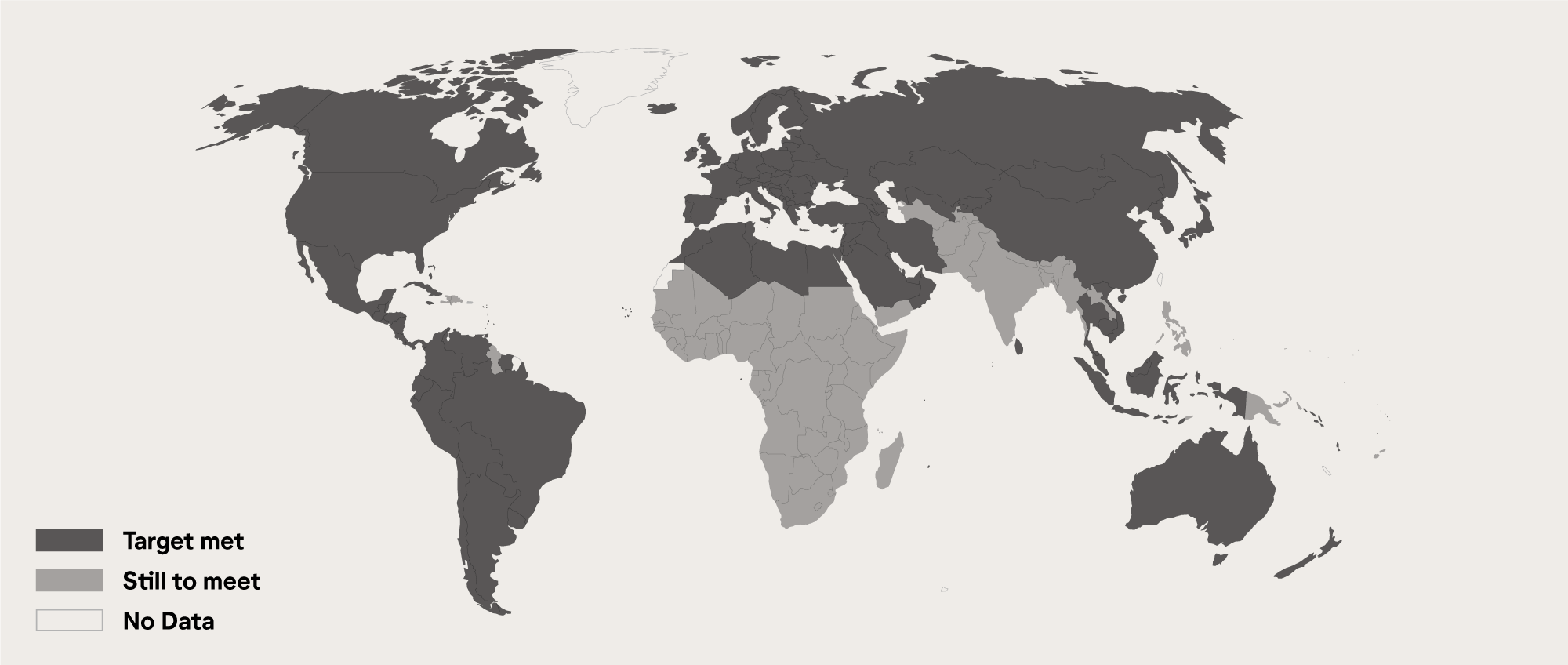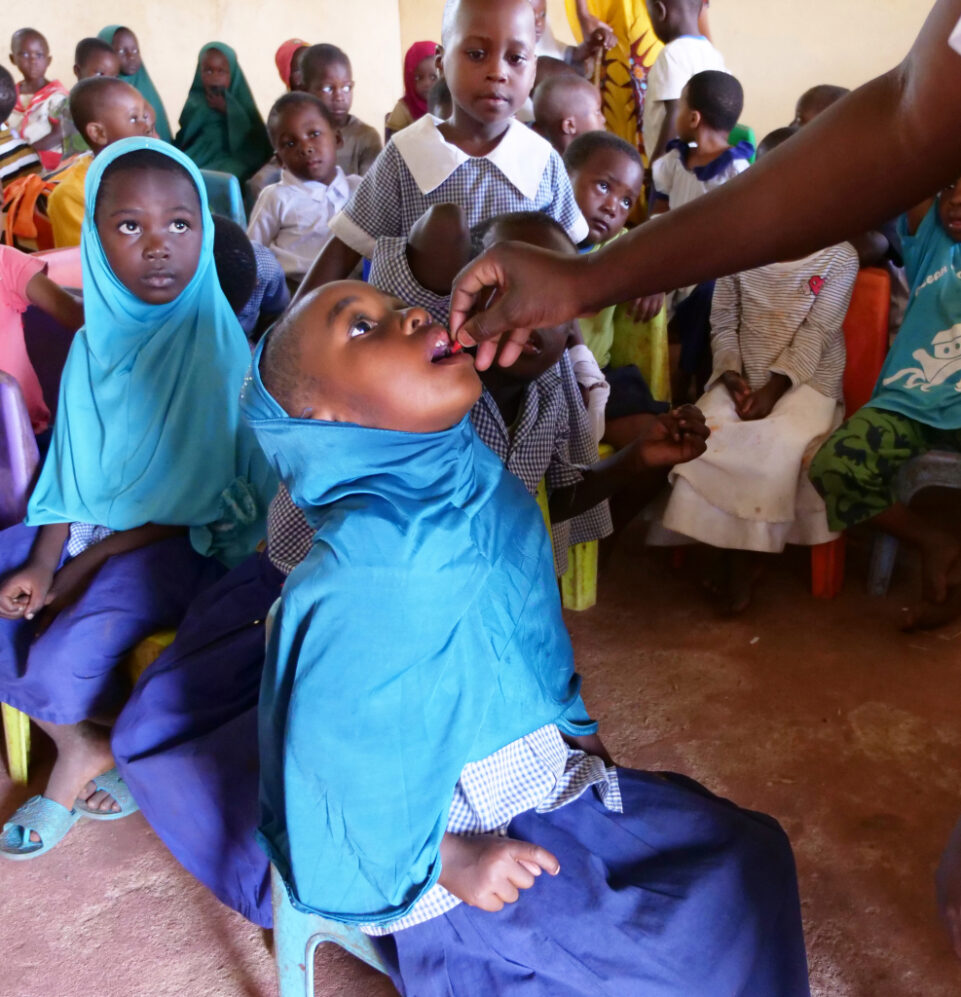Unlimit Health works with Ministries of Health and Education in sub-Saharan African countries to support programs controlling and eliminating two types of parasitic worm infections: schistosomiasis and soil-transmitted helminthiasis. The majority of programs treat school-aged children, but can also include at risk adults. Their annual demonstrated impact includes:
- Developing a new strategy for sustainable impact and disease elimination, including water and sanitation-focused approaches to reducing disease transmission, which complements extensive treatment programs.
- Testing an approach to community-driven planning of environmental and behavioral action to reduce the risk of transmission of schistosomiasis.




